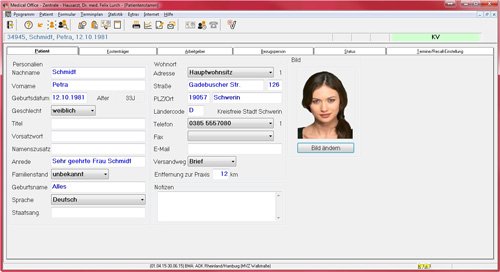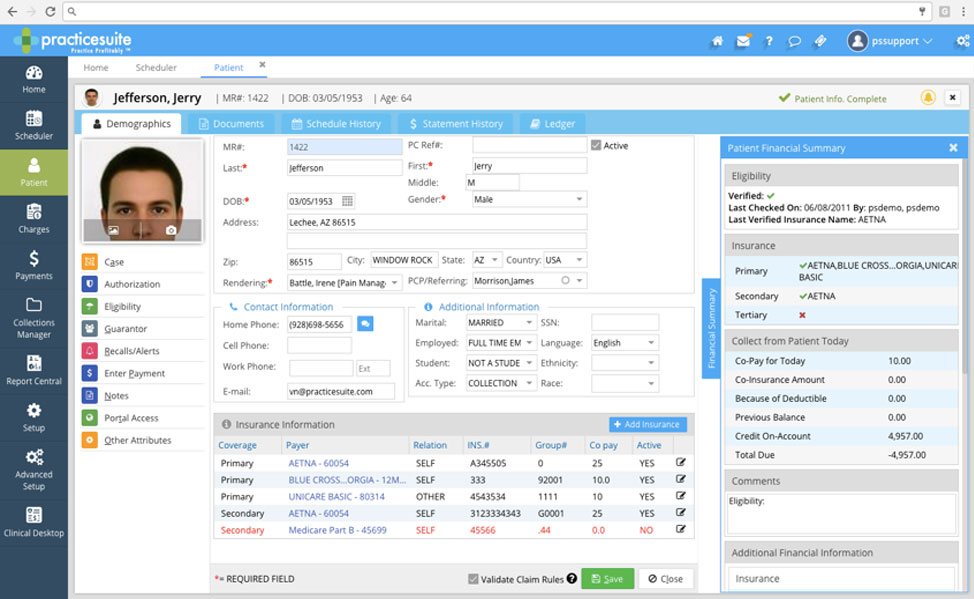


The same holds true for medical appointment scheduling software.
ANYLOGIC SOFTWARE FOR DOCTORS OFFICE PROFESSIONAL
Software in general has made all of our daily tasks – both personal and professional – much easier to accomplish. Additionally, it usually doesn’t require costly hardware or installations. This is the preferred format among many medical offices, as it’s easy to set up and use, generally affordable, and accessible from any Internet connection. Much like online banking, shopping and other Internet-based service sites, users of SaaS programs usually go to a specific Web page, log in, and then manage their scheduler page. Some programs are what are known as Software as a Service (SaaS), which is an online application typically accessible through a Web site or online portal. Like other software, it can come in many different forms. Medical appointment-scheduling software is technology that provides numerous benefits to physician offices, including point-and-click functionality, automated e-mail and text reminders to patients, report-generating capabilities, and e-marketing possibilities. WHAT IS MEDICAL APPOINTMENT-SCHEDULING SOFTWARE? To better run their offices, more and more physicians and their staff are turning to online scheduling solutions. However, the tools they use to schedule and manage appointments may not be the most efficient. Read More: Top 10 Clinic Appointment Scheduling Softwareīecause of the importance accurate appointments are to physicians, they’re usually pros when it comes to booking their patients. Problems can also occur if the manner in which the offices books appointments is ineffective. Think of the chaos that would ensue if a doctor did not schedule his or her patients. Aside from walk-in clinics and emergency situations, medical practitioners and their staff rely on accurate appointment-setting processes to help them run their offices more efficiently and properly attend to their patients’ needs and recurring check-ups. The word “appointment” is probably one of the first things to come to mind when someone mentions the words ”doctor’s office.” And with good reason: You typically need one to see a physician. These results suggest further work in the generalisability of triage providers and in the utility of healthcare simulation for predicting quantitative effects of process changes.Top 13 Best Medical Appointment Scheduling Software

DES accurately predicted the magnitude of this effect. Results The DES-modelled intervention predicted a decrease in the %6-hour LOS from 19.0% to 13.1%, and a drop in the daily mean LOS from 249 to 200 min (p6 h decreased from 19.9% to 14.3% (p<0.0001), with the daily mean LOS decreasing from 247 to 210 min (p<0.0001).Ĭonclusion Physician and mid-level provider coverage at triage significantly reduced emergency department LOS in this setting.

The outcome measures were daily mean LOS and percentage of patients with LOS >6 h. Louis Veterans Affairs Medical Center emergency department (1) before intervention, (2) after institution of provider in triage, and discrete event simulation (DES) models of similar (3) ‘before’ and (4) ‘after’ conditions.
ANYLOGIC SOFTWARE FOR DOCTORS OFFICE TRIAL
Methods A group-level quasi-experimental trial comparing the St. (2) To assess the accuracy of computer simulation in predicting the magnitude of such effects on these metrics. Objective (1) To determine the effects of adding a provider in triage on average length of stay (LOS) and proportion of patients with >6 h LOS.


 0 kommentar(er)
0 kommentar(er)
